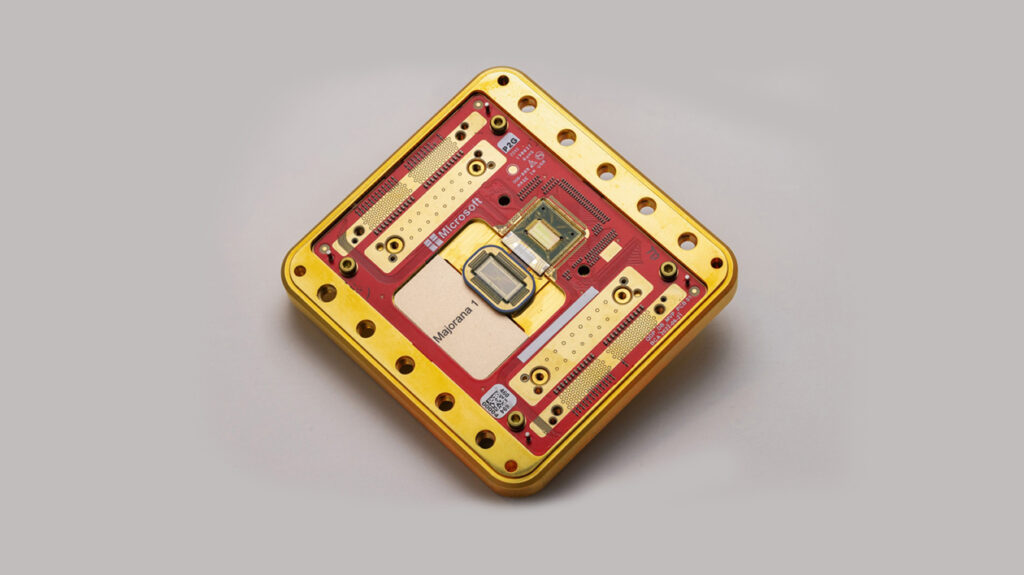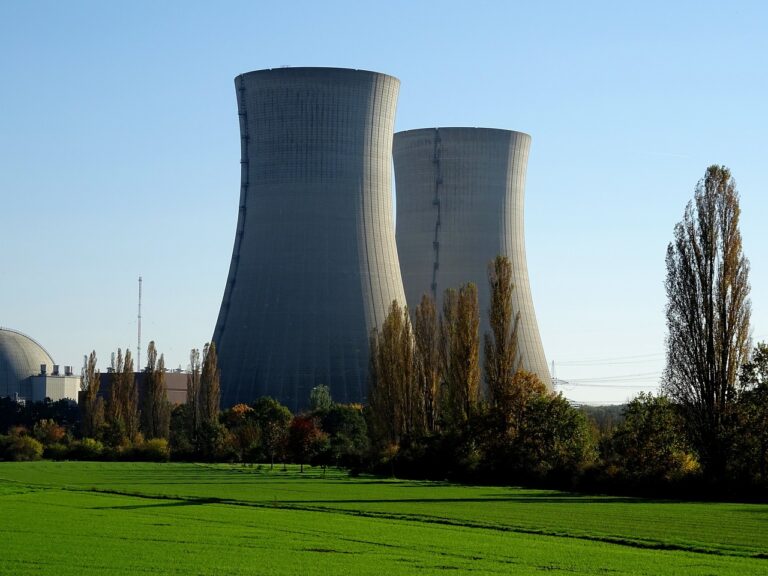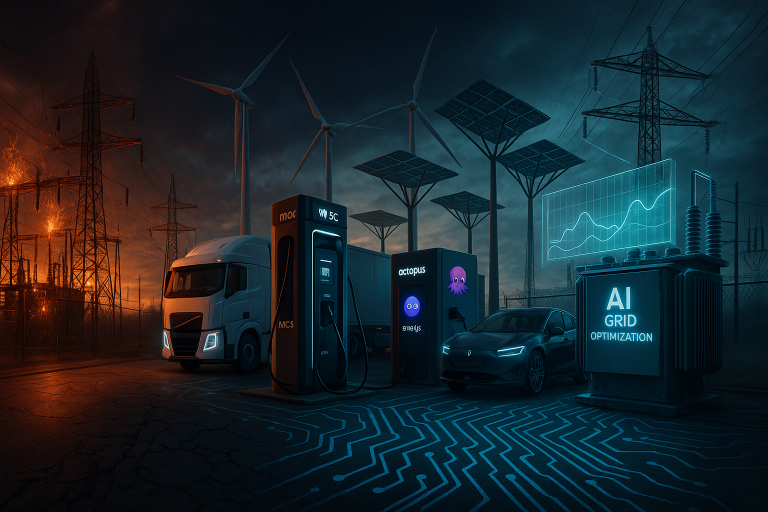Nvidia Crowned World’s First $4 Trillion Company: The AI Juggernaut Redefines Tech Dominance
On July 9, 2025, the global financial landscape experienced a tectonic shift as Nvidia Corporation (NVDA) briefly surpassed a $4 trillion market capitalization during intraday trading—marking an unprecedented milestone in corporate history. For the first time ever, a publicly traded company breached this astronomical valuation, signaling the dawn of a new era driven by artificial intelligence.
The chipmaker’s stock rose by 2.76% to hit an all-time high of $164.42, momentarily placing it ahead of longtime tech titans Apple ($3.9 trillion) and Microsoft ($3.74 trillion). Although shares closed slightly lower at $162.88, valuing the company at $3.97 trillion, the symbolic victory underscored Nvidia’s meteoric rise and its central role in powering the AI revolution that is reshaping industries across the globe.
From Gaming Cards to Global Infrastructure Powerhouse
What began in 1993 as a niche graphics processing unit (GPU) manufacturer for PC gaming has evolved into one of the most influential technology companies on Earth. Nvidia’s transformation from hardware vendor to AI infrastructure titan is nothing short of extraordinary:
- June 2023: Surpassed $1 trillion in market cap amid the ChatGPT-fueled AI boom.
- February 2024: Doubled to $2 trillion in just eight months.
- June 2024: Hit $3 trillion in under four more months.
- July 2025: Reached $4 trillion after another 13 months, with shares rising over 1,000% since early 2023.
This blistering pace dwarfs even Apple’s decade-and-a-half journey from $1 trillion to $3 trillion. It reflects Wall Street’s unwavering belief in AI as the defining technological force of the next generation—one that Nvidia is uniquely positioned to dominate.
| Company | $1T | $2T | $3T | $4T |
|---|---|---|---|---|
| Nvidia | Jun 2023 | Feb 2024 | Jun 2024 | Jul 2025 |
| Microsoft | Jun 2021 | Jun 2023 | Jan 2024 | – |
| Apple | Aug 2018 | Jan 2022 | Jun 2023 | – |
The AI Engine Behind the Rise
At the heart of Nvidia’s ascension lies its dominance in AI-accelerating chips, particularly GPUs used to train large language models (LLMs), run deep learning algorithms, and power data centers worldwide.
Key factors driving its growth include:
- 90–92% Market Share in data center GPUs, making it the go-to provider for major cloud players like Google Cloud, Amazon Web Services, Microsoft Azure, and Meta.
- CUDA Ecosystem: A proprietary software platform that integrates deeply with Nvidia’s hardware, creating a powerful moat that locks developers into its architecture and makes switching costs prohibitively high.
- Blackwell Ultra Chips: The latest generation of AI processors designed for advanced reasoning tasks, edge computing, and real-time analytics—products that are in such high demand they are often described as “flying off the shelves.”
- Revenue Surge: In Q1 FY2026, Nvidia reported revenue of $44.1 billion, up 69% year-over-year, with guidance for Q2 pegged at $45 billion ± 2%.
According to industry estimates, major tech firms plan to invest over $325 billion in AI infrastructure in 2025 alone, much of which will flow directly into Nvidia’s coffers. Total global spending on AI is projected to surpass $200 billion by 2028, reinforcing the long-term tailwinds behind the company.
Challenges on the Horizon: Geopolitical Tensions and Emerging Rivals
Despite its dominance, Nvidia faces significant headwinds that could disrupt its trajectory:
- U.S. Export Restrictions on China: These regulations have already cost the company $2.5 billion in Q1 2025, with estimated losses of $8 billion in Q2. CEO Jensen Huang stated bluntly that the $50 billion Chinese market is now “effectively closed” due to these restrictions.
- Emerging Competition from China: In January 2025, a shockwave rippled through markets when DeepSeek, a Chinese AI startup, unveiled a low-cost model that threatened to undercut demand for expensive AI chips. This news triggered a 37% drop in Nvidia’s share price between January and April 2025.
- Huawei’s Technological Leap: The Chinese tech giant is reportedly developing AI chips that rival Nvidia’s previous-generation H100 chips, raising concerns about future competition in both hardware and software domains.
Despite these challenges, Nvidia demonstrated remarkable resilience, rebounding 74% from its April lows, buoyed by strong earnings and renewed confidence in its leadership position within the AI ecosystem.
Looking Ahead: From $4 Trillion to $5 Trillion and Beyond
Analysts believe that the $4 trillion milestone is merely a waypoint on Nvidia’s journey toward even greater heights:
- $5 Trillion Valuation: Would require the stock to rise approximately 25% to around $205 per share. Barclays analysts view this as achievable, with Q2 earnings (August 27, 2025) likely serving as a key catalyst.
- $6 Trillion by 2028?: Loop Capital’s bullish price target of $250/share implies a staggering $6 trillion valuation, assuming continued momentum in AI adoption and geopolitical stability.
Key Growth Catalysts
- Europe’s AI Renaissance: CEO Jensen Huang has been actively advising European Union leaders on accelerating AI deployment, opening new markets for Nvidia’s products.
- Potential U.S.-China Trade Deal: A resolution to ongoing trade tensions could reopen access to the lucrative Chinese market, potentially triggering a surge in stock value.
- Expansion into New Markets: Nvidia’s Blackwell architecture is not only transforming data centers but also enabling breakthroughs in autonomous vehicles, robotics, and edge computing, broadening the company’s addressable market significantly.
Meanwhile, Microsoft is seen as the next likely candidate to join the $4 trillion club, possibly by late summer 2025, while Apple lags behind due to its relatively weak presence in the AI race.
Conclusion: The Godfather of AI and the Dawn of a New Era
Nvidia’s ascent to a $4 trillion valuation is more than just a financial achievement—it represents a profound shift in how the world values innovation, infrastructure, and intellectual property in the age of artificial intelligence. As the architect of the silicon brains behind modern AI systems, Nvidia has become the linchpin of a new digital economy.
CEO Jensen Huang, now worth over $140 billion, has emerged as the de facto “godfather of AI,” guiding the company through rapid expansion and geopolitical uncertainty. He frequently emphasizes that AI will transform every country and every industry, and Nvidia is building the engines that will power that transformation.
As analyst Angelo Zino of CFRA forecasts a $4.8 trillion valuation within the next year, it becomes increasingly clear: in the 21st century, silicon isn’t just the foundation of computing—it’s the new gold. And no company stands taller on this golden mountain than Nvidia.







